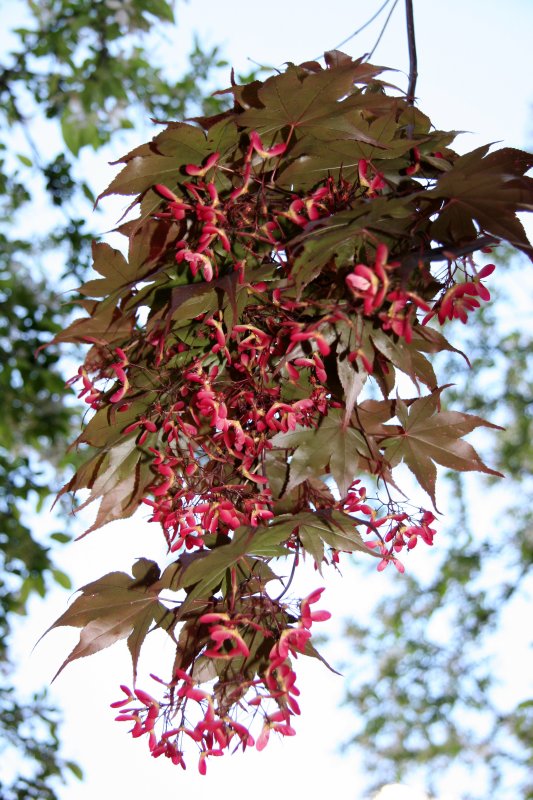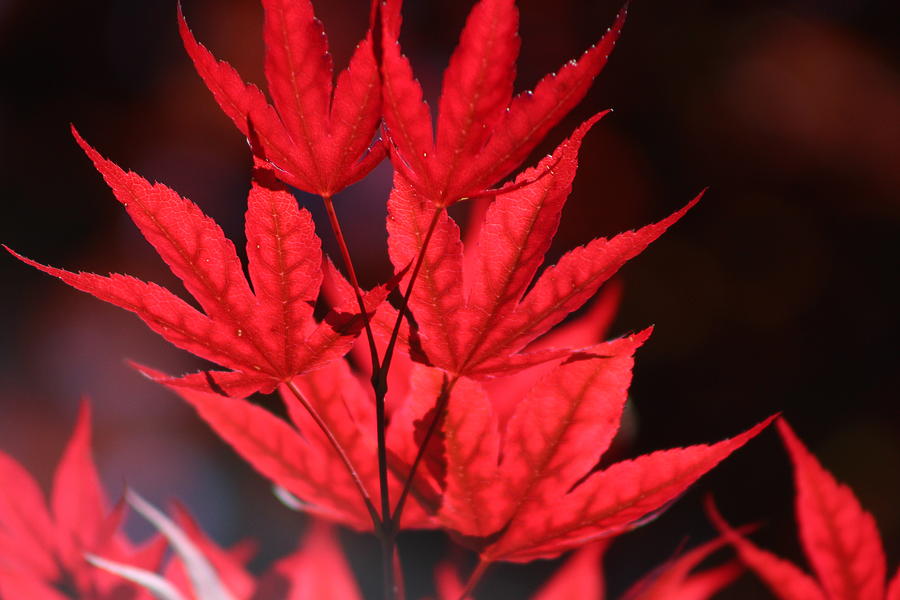


The slow-growing small trees should be planted in a loose, well-draining potting mix. To grow a potted Japanese maple, pick a dwarf variety under 10 ft. They are slow-growing, small, and look elegant with their delicately cut leaves. The features of Japanese maples make them suitable as potted patio plants. Small Japanese maples are ideal for growing in containers. Growing Japanese Maples in Pots or Containers It’s not necessary to fertilize the small trees as the maples can lose their bushy shape. Yearly pruning in late summer or fall helps encourage good growth. Water the ground to keep it moist but never soggy. Grow Japanese maples in a sunny spot that gets at least four hours of daily sunshine. Dwarf Japanese Maple Trees Careĭwarf Japanese maples are easy to care for as long as they grow in well-draining soil that is kept moist. However, some species grow in zone 4 with protection and zone 9. USDA growing zones: Most dwarf Japanese maples are hardy in USDA zones 5 through 8. Growth habit: Small, compact Japanese maples can have an upright, spreading vase shape, a rounded crown, or weeping growth habit. Leaf shape: Dwarf Japanese maples are divided into two groups depending on leaf shape-palmate leaf and laceleaf (also called cutleaf maples).

Some dwarf cultivars have foliage in three colors-spring, summer, and fall when the maple leaves drop. Few ornamental trees match these maples in terms of leaf color. Leaf color: A characteristic of all Japanese maples-including dwarf ones-is their colorful foliage. The smallest dwarf Japanese maples are around 3 ft. Height: Most people grow dwarf Japanese maples for their compact sizes. Here are some facts about choosing a dwarf Japanese maple tree: There is height, leaf color, leaf shape, growth habit, and growing zone to consider. There are many types of dwarf Japanese maple trees to suit every gardenįive main factors can affect your choice of dwarf Japanese maple tree. Descriptions and pictures of Japanese maple tree leaves will help you decide on the best kind for your garden landscape. This article describes the features of the best dwarf Japanese maples that you can buy. These small, elegant trees with cascading, drooping branches are perfect where garden space is limited. There are also some spectacular varieties of dwarf weeping Japanese maple trees to choose from. Other dwarf Japanese maples have leaves with five to seven lobes, like traditional maple trees. Some small Japanese maple trees have lacy, feathery leaves that have a spiky look. Different dwarf Japanese maple varieties have different colored leaves. There are many types of compact Japanese maple trees to plant in your yard. Typically, dwarf varieties of Japanese maples grow between 3 and 10 ft. A stunning feature of dwarf Japanese maples is their red, orange, yellow, purple, green, and pink leafy foliage. Small varieties of Japanese maples are ideal for small gardens, growing in containers, or miniature lawn trees. Share on Email Share on Pinterest Share on Facebook Share on Twitter Share on LinkedInĭwarf Japanese maple trees are small decorative landscape trees with colorful ornamental palmate leaves.


 0 kommentar(er)
0 kommentar(er)
